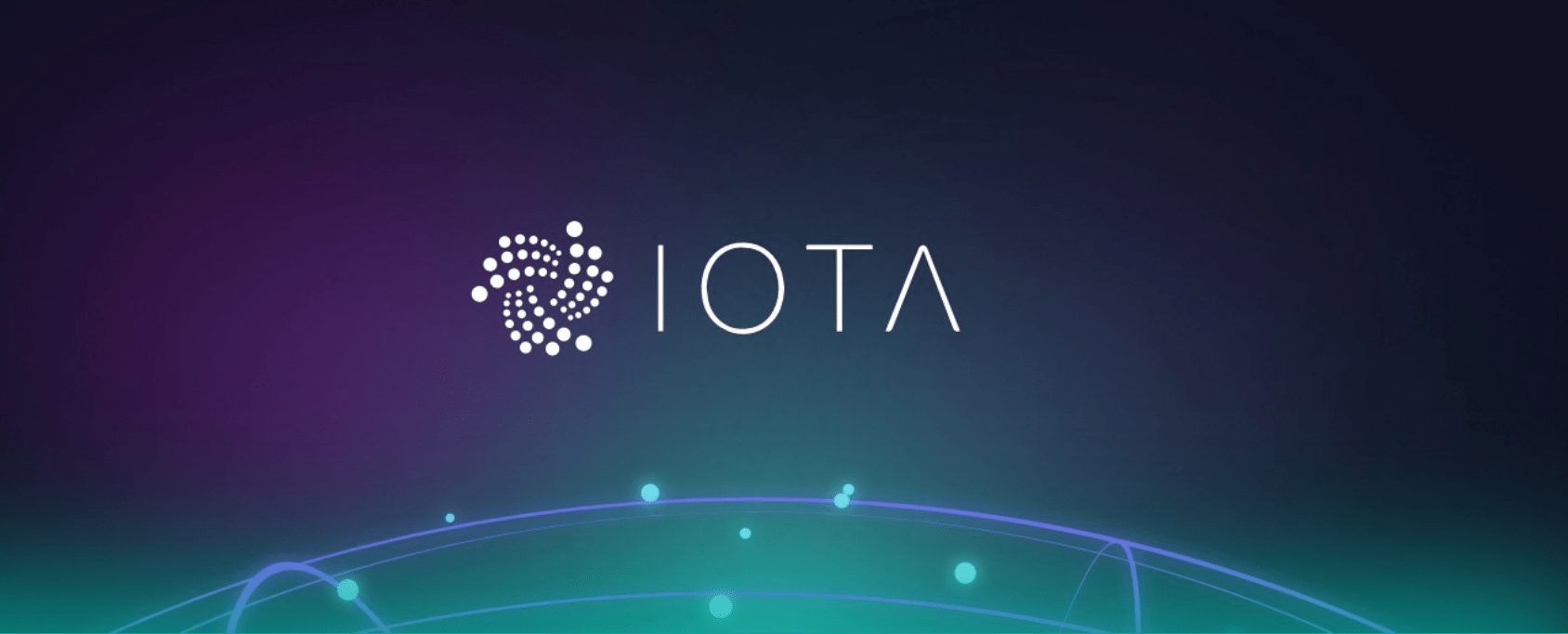IOTA (MIOTA)–Lost in the endless price speculation and market talk surrounding cryptocurrency is the innovative uses for the technology in solving real world problems. Blockchain has long been targeted by tech enthusiasts and policy makers as the potential gem to come out of crypto, with the currencies providing ancillary benefits to investors–but no one else. These analysts are only half correct. Cryptocurrency, particularly when looking across the board of the industry, has largely failed in establishing a real world presence and legitimate use cases up until this point. While most have argued that the benefits of crypto have to be measured in long term vision and adoption, the stagnation of Bitcoin and other top currencies has largely been out of a market starved for legitimate purpose.
However, losing sight of the benefits of individual currencies is a warped version of seeing the forest for the trees. Blockchain may provide the next wave of invention in terms of reshaping the political, social and financial landscape, but cryptocurrencies remain the most effective vehicle for delivery.
IOTA as a Tool For Non-Profits
IOTA, the currency built to integrate with the world’s Internet of Things (IoT), has a different take on blockchain in the form of Tangle. Rather than relying upon a consensus mechanism that artificially limits network transactions via blocksizes, or enacts heavy fees from users, Tangle was designed to scale with IOTA adoption. As the currency develops more use cases, such as the most recent partnership with Volkswagen, the currency improves in ability to function. The addition of the much anticipated Qubic protocol now gives IOTA users access to developing smart contracts via the currency, in addition to the aforementioned utility of Tangle.
In all, this combines to create a technology that could find substantial use for non-profit organizations and charities seeking greater efficiency for donations and fund distribution. The IOTA Foundation has already positioned its currency as a humanitarian figure through last month’s partnership with the United Nations Office for Project Services (UNOPS) to improve the transparent efforts of the UN around the globe.
IOTA teams up with UNOPS to utilize DLT for transparency in the important work the UN is conducting around the globe.https://t.co/aEqW6wEfZq
— IOTA (@iota) May 22, 2018
A natural extension of this partnership could be found in creating traction for non-profit organizations. Like voting via blockchain, the inefficiency of the charity/donation model has been pointed to as a prime example for crypto-based disruption–albeit with altruistic intentions. The currency IOTA offers near-instant, free transactions to be made from anywhere in the world, allowing a charity organization to collect secure payments without the added hassle of card and banking fees, or the barrier that accompanies cross-border transactions.
The release of Qubic also provides an interesting twist on the IOTA model as a source for applying better charitable practices. While Tangle allows for a friction-less payment system, Qubic’s smart contracts creates a model for accountability. Donors and charity organizers can arrange funds in contracts that ensure proper payouts. Rather than leaving a loophole for embezzlement or wasteful spending, Qubic contracts can be designed in such a way that payment can only be dispersed after following proper qualifications.
The end result is improved efficiency and less waste on behalf of the non-profit organization, while donors have greater peace of mind that their funding is going to the right places. While the aforementioned outlook of cryptocurrency still favors adoption in the scale of years as opposed to months, furthering the usability of currencies like IOTA is the first step for growing the industry.

